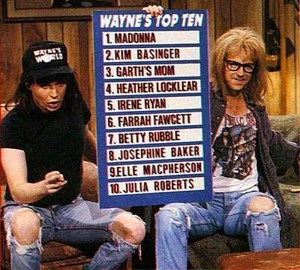We love every piece we run. There are no winners or losers. But all kidding aside, here are October’s winners.

- Patricia Schultheis’ review of Horse: A Novel by Geraldine Brooks (Viking). “Told from the perspective of six characters, Horse interweaves the story of the Black equestrians who made their white masters fabulously wealthy with those of contemporary young professionals struggling to form relationships despite racial microaggressions and misunderstandings. By far, the most compelling narrative is that of Jarret, an enslaved boy in Kentucky, whom Brooks describes as being ‘slow to master human speech, but he could interpret the horses: their moods, their alliances, their simple wants, their many fears. He came to believe that horses lived with a world of fear, and when you grasped that you had a clear idea how to be with them.’”
- Sarahlyn Bruck’s review of This Is What America Looks Like, edited by Caroline Bock and Jona Colson (Washington Writers' Publishing House). “Among the 111 pieces featured are a remarkable number of standouts — far too many to highlight here. But I was especially moved by the breadth of humanity on display in all its sadness, joy, rage, despair, and humor. As readers, we are offered a glimpse into how life has changed this year — how our funerals, graduations, and even work meetings look vastly different today than they did in 2019. The anthology features meditations on the deeply ingrained institutionalized racism in this country, along with varied reflections on immigration, sexism, political division, loneliness, and abuse. It asks us to ponder our identities, to consider who we think we are and how society perceives us. Who are we as we move forward? What needs to change?”
- David O. Stewart’s review of The Strategy of Victory: How George Washington Won the American Revolution by Thomas Fleming (Da Capo Press). “The book proclaims the thesis that General Washington developed the essential strategy to win the war (i) by holding the Continental Army together, fighting only enough to goad the British into errors, and (ii) by developing that Continental Army into a core professional fighting force that could cover for unreliable state militias, who never could be counted on to ‘look the enemy in the face.’ Fleming doesn’t develop the thesis with particular care, and it’s slightly odd that the general who seemed to follow the strategy best was not Washington (who always ached for a slam-bang final battle with the British), but his protégé, Nathanael Greene, who utterly thwarted the enemy in the key Southern campaign in 1780 and 1781 while never winning even a skirmish.”
- Bob Duffy’s review of Richard III: The Self-Made King by Michael Hicks (Yale University Press). “Hicks sets out to render a fair and comprehensive verdict on youngest son Richard’s unlikely rise and fall by marshaling an army of facts about the man’s life and personality — essentially every legal document, contemporary epistolary mention, scribal entry, biographical snippet or volume, and scholarly discussion ever set down and preserved. Embark on this pilgrimage of a book only if you’re prepared to negotiate its swarming footnotes, usually four or more to the page. But if your druthers run in this groove, you will likely find joy. This scholar has created the definitive record (at least up until this moment) of Richard’s life, death, and reputation over the years.”
- Jennifer Bort Yacovissi’s review of The Marriage Portrait: A Novel by Maggie O’Farrell (Knopf). “Portrait is a dual-narrative story, the first thread of which opens in ‘a wild and lonely place,’ a stone fortress to which Alfonso has taken Lucrezia, entirely alone; by the end of the first paragraph, Lucrezia is certain ‘he means to kill her.’ The second thread paints a portrait (as it were) of her life until the point Alfonso spirits her away to this dark and forbidding fortezza. Both threads have the feeling of a fable or fairytale — the Brothers Grimm sort, which are always grim. There is darkness and foreboding, beasts in various forms, imprisonment, and the sneaking in of a changeling. Just in case any of us still cling to shreds of the Cinderella version of princesshood, O’Farrell is here to strip those away. If women throughout history have been denied agency, girls of the nobility illustrate this lack on a grand scale: Their only value is as pawns of empire-building.”
Click here to get our free biweekly e-newsletter, and follow us on Instagram, Twitter, Facebook, and Pinterest! And if you’d like to advertise with us, click here.
Help us help you help us! Support the nonprofit Independent!

